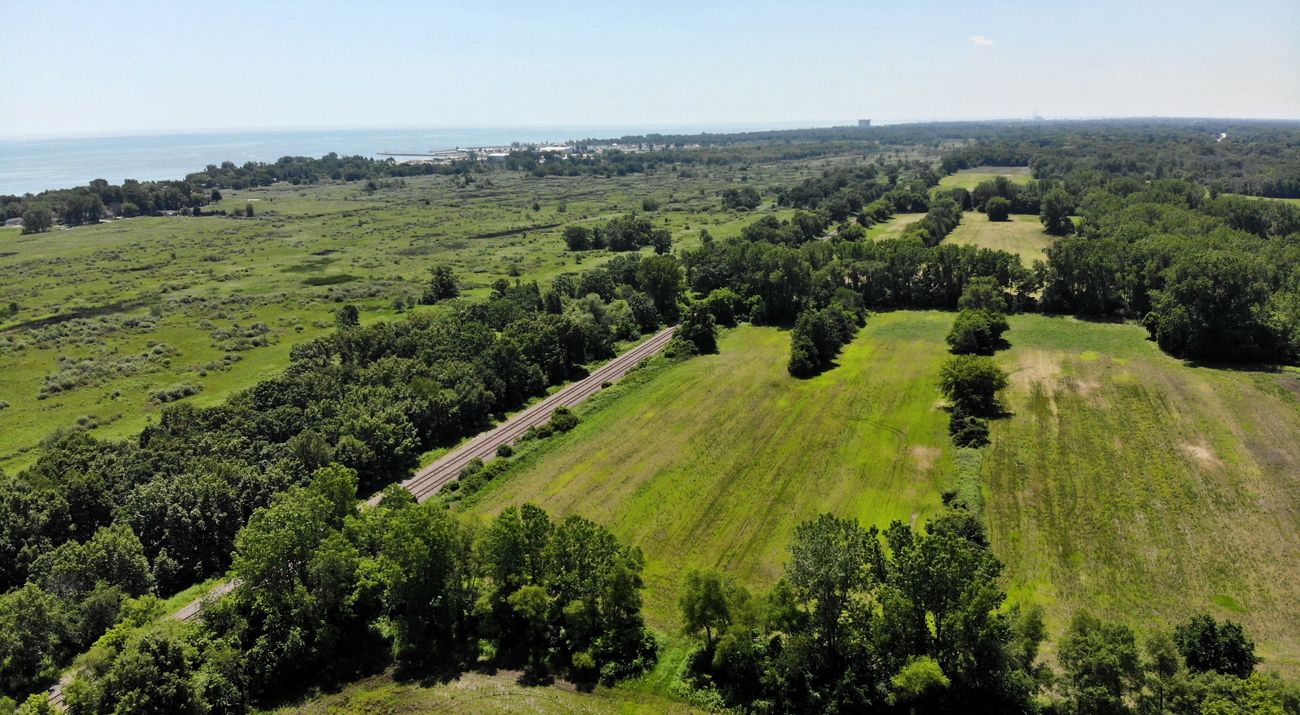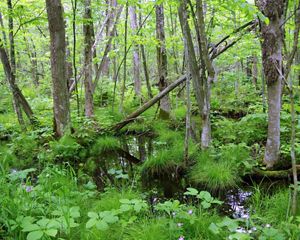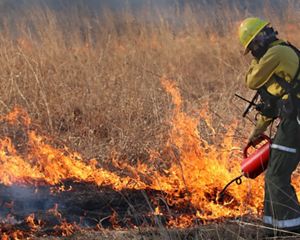Restoring Life-Giving Water to Chiwaukee Prairie
A TNC restoration project protects groundwater flows that are vital to people and the globally important wetlands at Chiwaukee Prairie.
We Can’t Save Nature Without You
Sign up to receive monthly conservation news and updates from Wisconsin.
From marsh marigolds and shooting stars in spring to gentians and blazing star in late summer and fall, Chiwaukee Prairie State Natural Area is beautiful in all seasons. A restoration project The Nature Conservancy launched in January 2019 is protecting the life-giving water that is vital to the prairie’s survival.
Chiwaukee Prairie is a series of undulating sandy ridges and wet swales that developed as water levels in Lake Michigan dropped after the last glacier retreated from Wisconsin. This mix of wet and dry habitats is one of the reasons the prairie is home to more than 400 different wildflowers, grasses and other plants.

Groundwater Is Vital to Diversity
“A consistent flow of groundwater is a key ingredient to the diversity of life at Chiwaukee Prairie,” says Nick Miller, TNC Global Durable Freshwater Protection Scientist. “The water feeds the fens and wet prairies, providing the moisture and nutrients like calcium that enable rare plants like grass-of-Parnassus and lesser fringed gentian to survive.”
A 2004 Southeast Wisconsin Regional Planning Commission report alerted TNC to the fact that the land west of the State Natural Area serves as a critical groundwater replenishment area. When rain falls on the dry, sandy portions of the land, it infiltrates through the soil into the water table below and eventually flows east to the prairie. At some places in the prairie, this groundwater comes to the surface, bathing plants and walking shoes alike.
Proposed development of these higher, drier parts of the property into mixed use residential and commercial space would have threatened the supply of groundwater the prairie depends on.
“Groundwater modeling done by the U.S. Geological Survey predicts that development of the land west of Chiwaukee Prairie could have dropped groundwater levels in the fens and wet prairies by as much as several feet, threatening some exceptional wetlands and rare native plants,” Miller says.
If You Restore It...
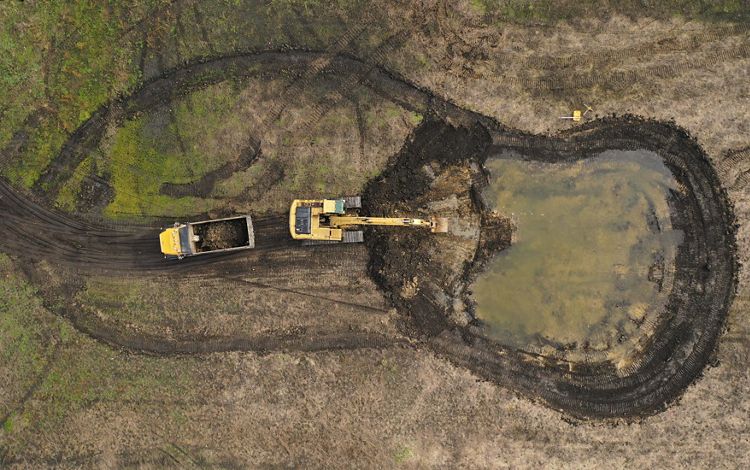
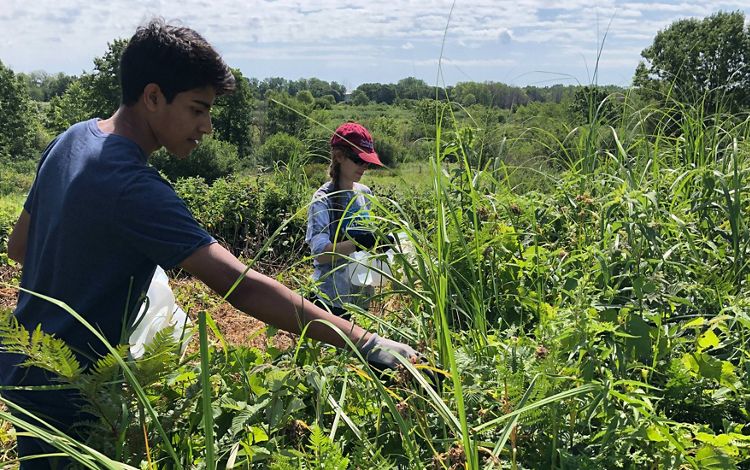

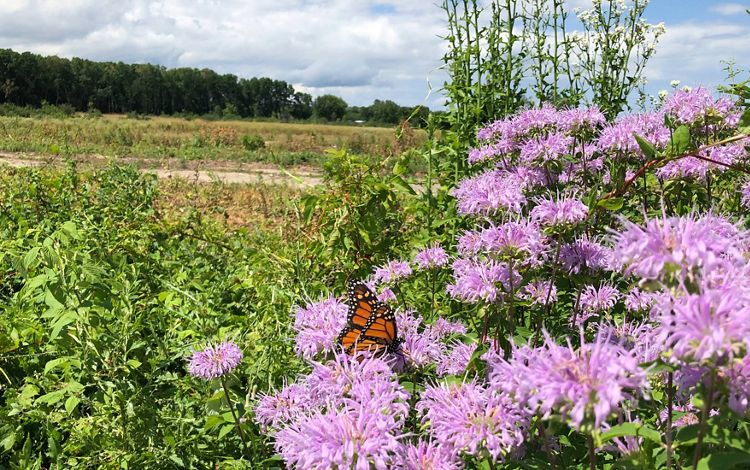
Land Protection and Restoration
Beginning in 2012, with support from our members, TNC worked with local landowners to acquire 150 acres west of the State Natural Area. While the land contained a few acres of healthy wetland, many were damaged or destroyed when a network of drain tiles and ditches was constructed by previous landowners to move water off the property. Much of the land had also become overrun by invasive trees and brush.
Starting in January 2019, TNC launched a major restoration effort to remove the invasive trees and brush, restore wetlands and a more natural surface and groundwater flow, and replant the land to native prairie grasses and wildflowers.
We spent three years improving and restoring the property to a mix of oak savannas and dry prairies on the higher ground with a range of wet prairie types on the low ground. We began by removing the invasive and undesirable trees and shrubs, then by restoring its wetland hydrology through filling almost two miles of ditches using soil sourced from new wetland scrape ponds. Finally, we installed water control structures on the property’s nearly 3-mile-long drain tile network that had been used to lower the site’s water table. We’ve now raised the site’s groundwater so wetlands can once again thrive while recharging drinking water and easing downstream flooding.
In January 2022, we finished seeding the site’s new prairies, and we’ll be nurturing these plantings through mowing and spot-treating invasive weeds. It will take several years for the newly seeded prairies to become established, but we are already seeing good results in the earlier planted fields. In 2023, we plan to return prescribed fire to this land.
... They Will Come!
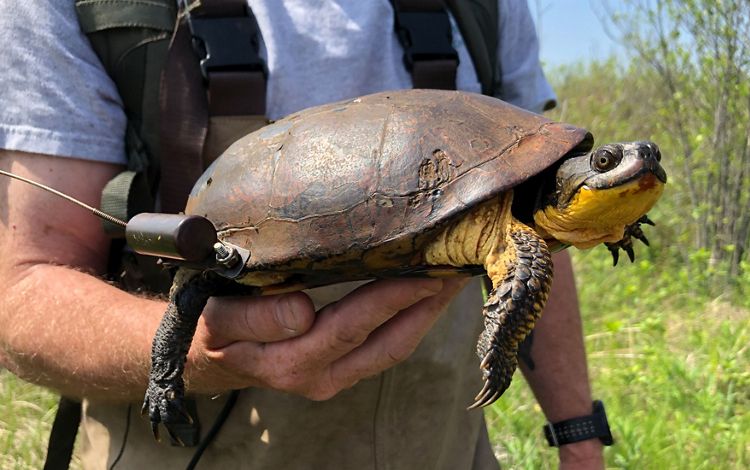
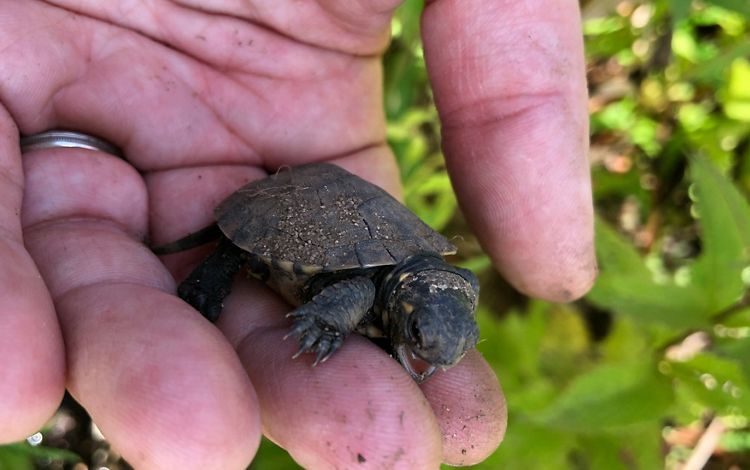
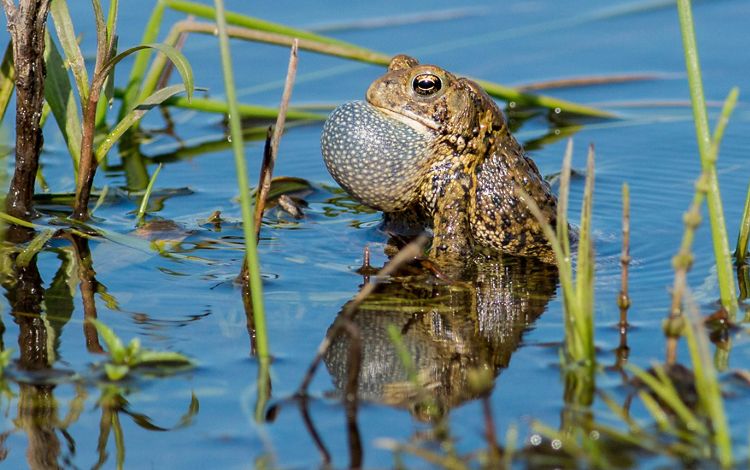
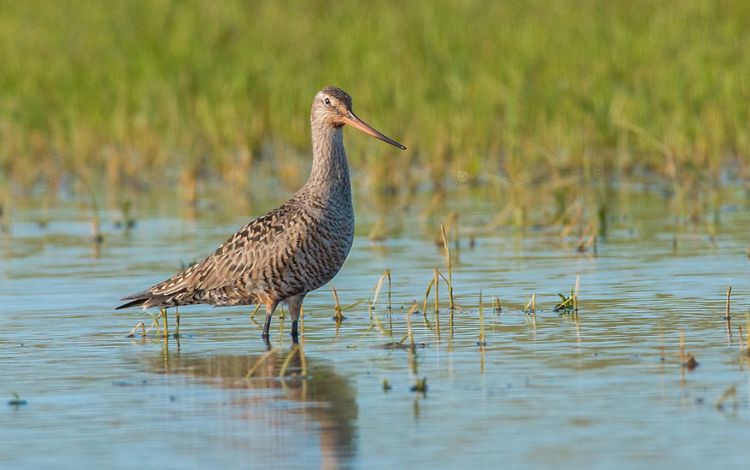
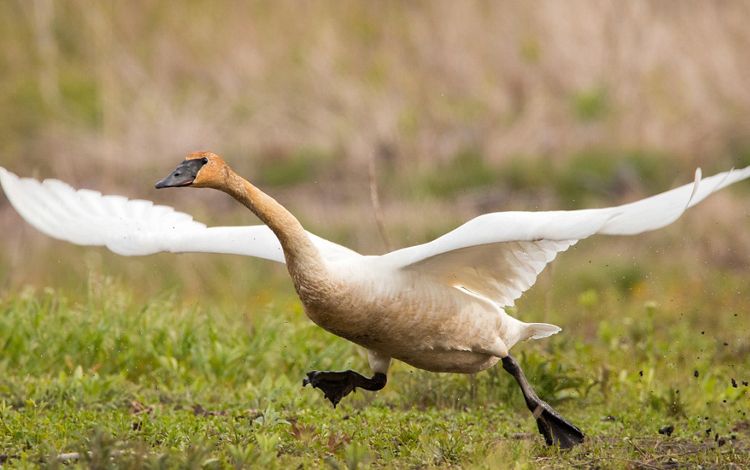
If You Restore It, They WIll Come
Chiwaukee Prairie and surrounding conservation lands have one of the largest and most well-studied populations of Blanding’s turtles in the world. These turtles are listed as endangered in Illinois and of special concern in Wisconsin. Prior to restoration, Blanding’s turtles—which will travel up to three miles to nest—were known to periodically visit the property, but after the trees were cleared, more turtles started coming.
Researchers believe turtles likely sight in on horizon lines for navigation and so the clearing moved the horizons and likely helped mama turtles understand they could expand their nesting habitat to the west. In 2019, at least six females nested on the site, a 300% increase from any previous year.
As farmland, the site offered some habitat for common bird species like geese and cranes, but it really couldn’t cater to the more rare and declining species of birds that need unique habitats. We hoped, and even assumed, that the restoration would provide critical habitat for birds, but stopovers from each spring migration since 2020 have exceeded all expectations.
Visitors include a bald eagle, greater and lesser yellow legs, dunlins, trumpeter swans, numerous species of sandpipers and plovers and even a Hudsonian godwit—a species not documented in the area since 2014. In the summer, young killdeer and spotted sandpipers hatched out of nests on the property and thousands of tadpoles matured into frogs that now sing from the site’s wetland swales.
As the restoration matures, the land will offer more and more habitat for monarch butterflies and other pollinators through reestablishment of native prairie cover. These pollinators help ensure the human food supply and the native plants they rely on also help to keep more water on this property, allowing it to infiltrate into the ground, replenishing the supply of groundwater. This will increase the supply of clean drinking water for people, ease flooding downstream and feed the springs that are vital to the health of the adjoining Chiwaukee Prairie State Natural Area.
“I hope the successes we’re seeing here inspire others to restore their own properties—even pocket prairies on city lots,” says Brian Miner, Southeast Wisconsin Land Steward, “because small footprints of habitat can make a big difference and our site’s recent visitors and new residents have been a truly powerful vindication that if you restore the land, wildlife will come back.”
Join Us
Join our Great Places News email list to receive regular updates about our work in Wisconsin and learn more about how you can get involved.
